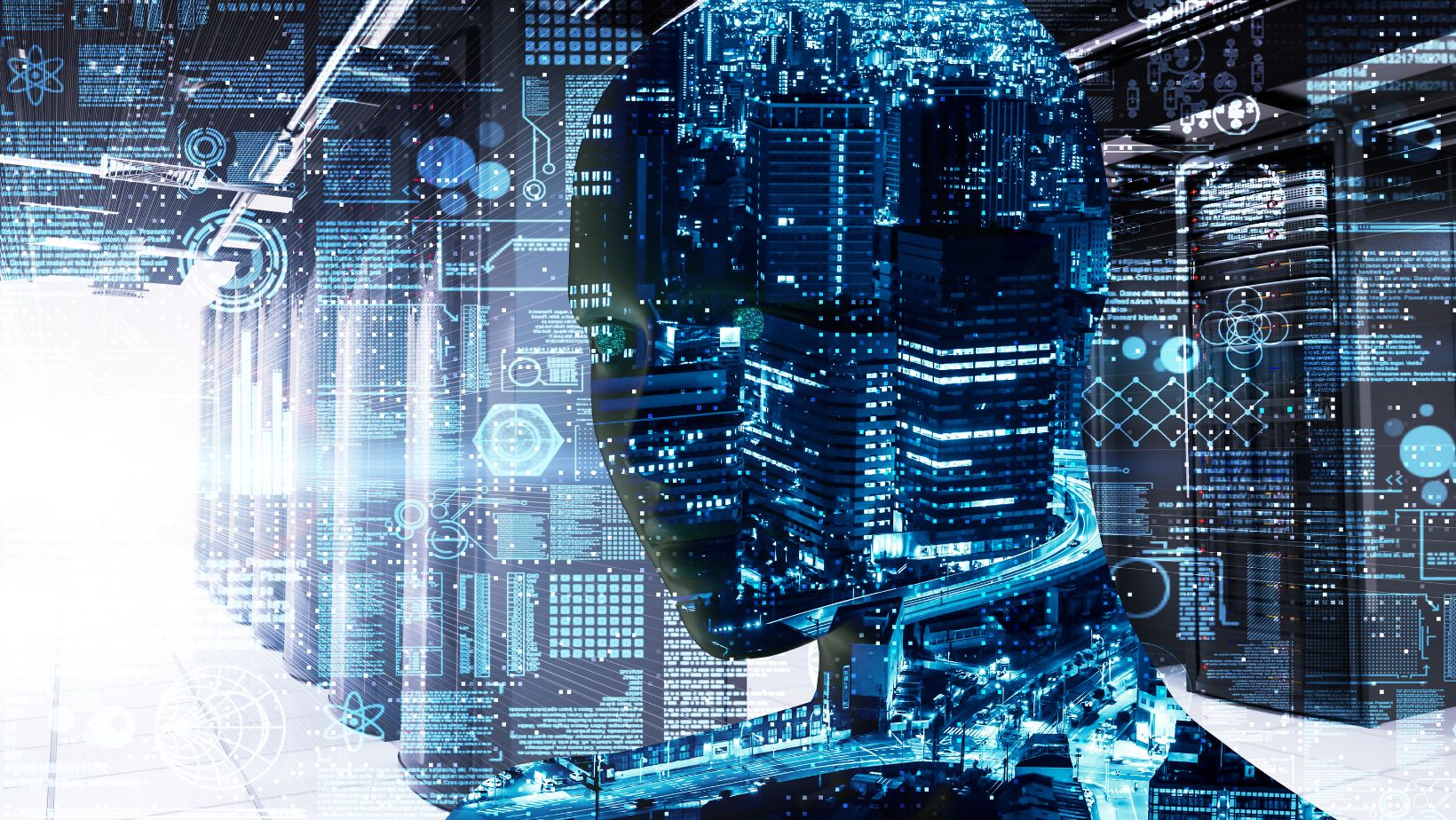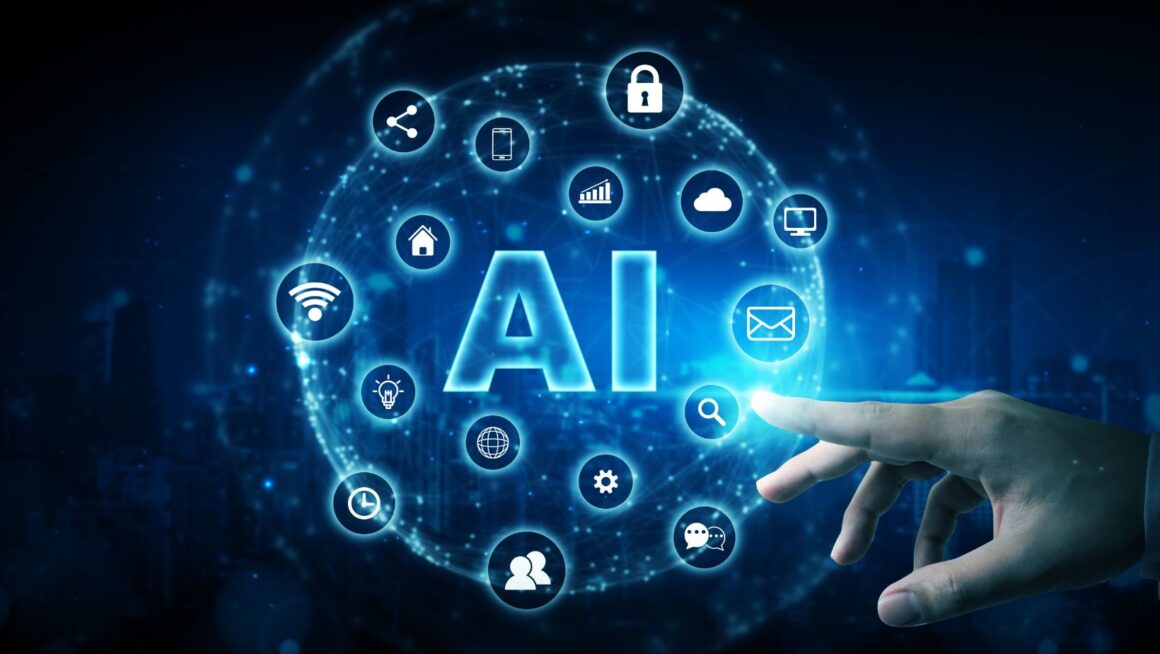Introduction
Artificial Intelligence (AI) has revolutionized many industries, including digital content creation. AI-generated images have become more realistic and widespread, making it difficult to distinguish between real and fake images. This has raised concerns about misinformation, fraud, and ethical challenges. To address this issue, AI-generated image detectors have been developed.
These tools analyze images and determine whether they were created by AI or captured from the real world. In this article, we will explore what AI-generated image detectors are, how they work, and their applications in different fields.
Understanding AI-Generated Images
Before diving into how detection tools work, it is essential to understand what AI-generated images are and how they are created.
What Are AI-Generated Images?
AI-generated images are visuals created using artificial intelligence models instead of traditional cameras. These models, such as Generative Adversarial Networks (GANs) and diffusion models, can generate highly realistic faces, objects, and even entire scenes.
Popular AI tools like DALL·E, MidJourney, and Stable Diffusion have made it easy for anyone to create high-quality images in seconds. While this technology is useful for creative projects, it can also be misused for spreading fake news, identity fraud, or deepfake content.
How Are AI Generates Images Created?
AI-generated images are created using deep learning techniques. The most common methods include:
- Generative Adversarial Networks (GANs) – These models consist of two AI systems: one creates the image (generator), and the other evaluates its authenticity (discriminator). Over time, the generator improves, producing highly realistic images.
- Diffusion Models – These models start with random noise and refine the image step by step, producing high-quality visuals.
- Neural Style Transfer – This technique allows AI to apply artistic styles to images, creating unique designs.
Since these AI-generated images often look real, detecting them requires advanced tools.
How AI-Generated Image Detectors Work
AI-generated image detectors use machine learning algorithms and pattern recognition to analyze images. They identify specific characteristics that differentiate AI-created images from real-world photographs.
Key Features AI Detectors Analyze
AI detectors focus on various image characteristics, such as:
- Texture and Noise Patterns – AI-generated images often have unnatural textures, missing details, or repeating patterns.
- Lighting and Shadows – Some AI-generated images struggle with realistic lighting and shadow placements.
- Facial and Object Symmetry – AI images sometimes produce unrealistic facial structures or object distortions.
Applications of AI-Generated Image Detectors
AI-generated image detectors are useful in various industries where authenticity and credibility are important.
1. Journalism and Media
With the rise of misinformation and deepfake images, AI image detectors help journalists verify images before publishing them. News agencies use these tools to prevent the spread of fake news and misleading visuals.
2. Cybersecurity and Fraud Prevention
AI-generated images are sometimes used for identity fraud, phishing scams, and fake social media accounts. Financial institutions and online platforms use detection tools to prevent fraudulent activities.
3. Social Media Moderation

Social media platforms like Facebook, Instagram, and Twitter are working to reduce the spread of AI-generated misinformation. AI detectors help these platforms flag and remove manipulated content that could mislead users.
4. Digital Art and Copyright Protection
Artists and photographers use AI image detectors to identify whether their work has been copied or altered by AI tools. Some companies also add digital watermarks to AI-generated images to improve traceability.
5. Law Enforcement and Forensics
Detecting AI-generated images is crucial in criminal investigations. Law enforcement agencies use AI detection tools to verify the authenticity of digital evidence, prevent deepfake-related crimes, and protect against manipulated content.
Popular AI Image Detection Tools
One of the most widely used tools for identifying AI-generated images is AI or Not. It is a simple yet effective web-based tool designed to analyze images and determine whether they were created using artificial intelligence.
AI-Or-Not uses machine learning algorithms trained on large datasets of real and AI-generated images. When a user uploads an image, the tool examines several factors, including:
- Pixel patterns and inconsistencies – AI-generated images often contain subtle imperfections that differ from natural photographs.
- Texture and noise analysis – The tool checks for unnatural textures and artifacts that AI models sometimes produce.
- Facial and object symmetry – AI-Or-Not can detect flaws in facial structures, body proportions, or unnatural placements of objects in an image.
After analyzing the image, AI-Or-Not provides a probability score indicating whether the image is AI-generated or real. This score helps users assess the authenticity of the content.
Future of AI Image Detection
As AI-generated images become more sophisticated, detection technology will also need to evolve. Some key developments we can expect in the future include:
1. Improved Detection Algorithms
AI researchers are working on more advanced models that can detect even the most realistic AI-generated images. Combining machine learning, metadata analysis, and blockchain tracking may enhance detection accuracy.
2. AI Regulation and Policy Development
Governments and tech companies are discussing ways to regulate AI-generated content. Implementing industry standards for AI detection and labeling could help users distinguish between real and synthetic images.
3. Real-Time AI Detection Integration

In the future, AI detection may be integrated directly into social media platforms, search engines, and image-sharing apps. This would allow instant verification of image authenticity before users interact with them.
4. AI-Generated Image Watermarking
Some companies are working on invisible watermarks that embed unique patterns into AI-generated images. These watermarks would make it easier for detection tools to identify synthetic images without affecting their appearance.
Conclusion
AI-generated image detectors play a crucial role in identifying fake visuals and preventing misinformation. These tools analyze image patterns, textures, and metadata to determine whether an image is AI-generated.
While they have many applications in journalism, cybersecurity, and digital art, they also face challenges such as evolving AI models and accuracy limitations.
As AI technology continues to develop, detection systems must improve to keep up with increasingly realistic AI-generated images.
The future of AI image detection will likely involve better algorithms, industry regulations, and new watermarking techniques to ensure the authenticity of digital content.

